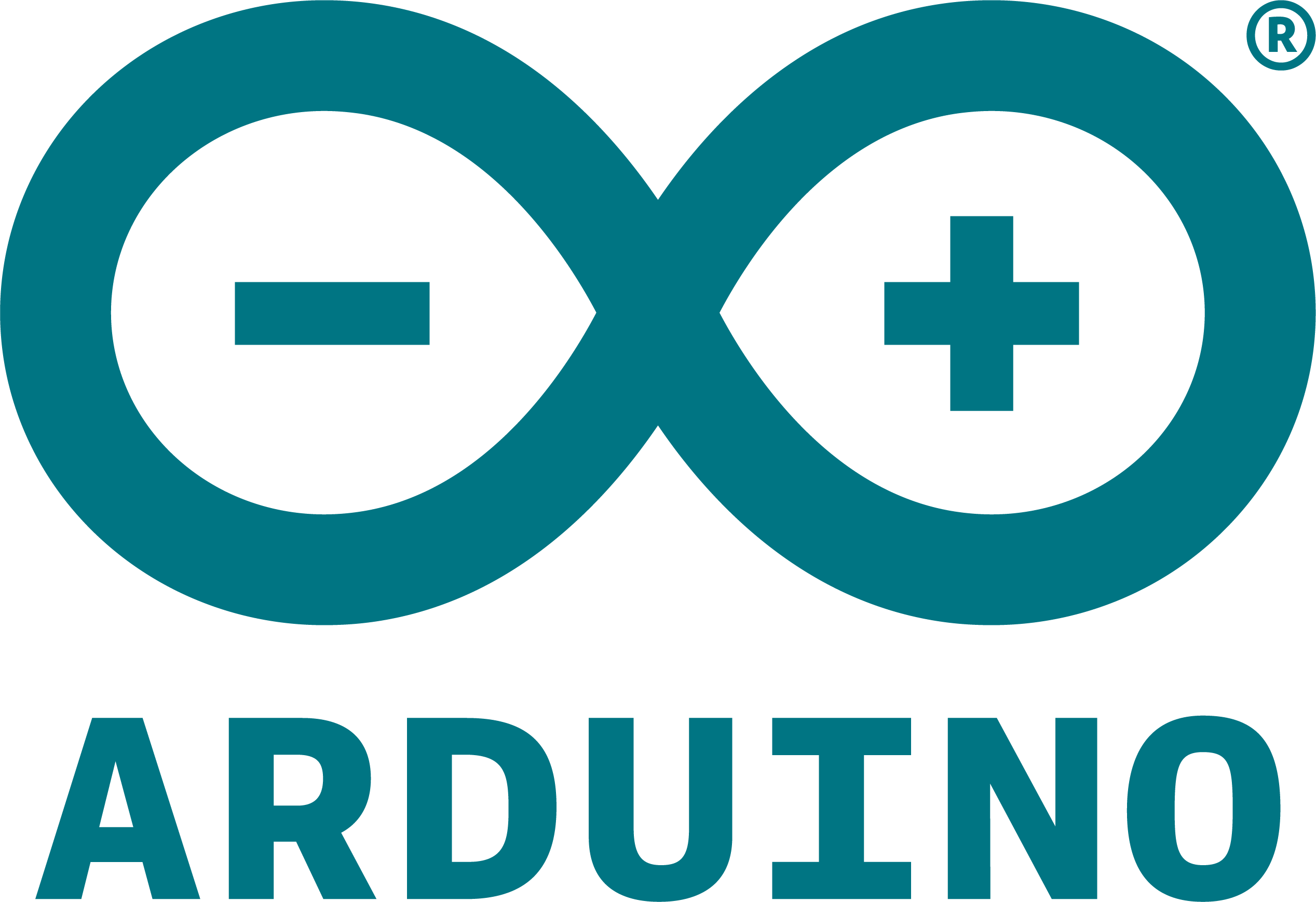
Arduino
Arduino is an open-source electronics platform that provides hardware and software solutions for building interactive objects and environments. With a mission to make technology accessible to everyone, Arduino offers easy-to-use tools and resources for people of all skill levels to explore and experiment with electronics. The company's flagship product, the Arduino board, is a microcontroller-based development board that can be used to create a wide range of projects, from simple LED displays to complex robots. Arduino also offers a comprehensive software development environment, including an integrated development environment (IDE) and a vast library of code examples and resources. These tools enable developers and hobbyists to quickly and easily prototype their ideas and bring them to life. In addition to its core products, Arduino has a thriving community of makers, enthusiasts, and educators who share their knowledge and collaborate on projects through forums, workshops, and events. Arduino's open-source philosophy and commitment to accessibility have made it a popular choice for hobbyists, educators, and professionals alike, driving innovation and creativity in the field of electronics and beyond.
Liquid Filtration
Results:
Results remaining:0
Applied Filters:
Arduino
No data |
About Liquid Filtration
Liquid filtration is a crucial process that involves the removal of solid particles from a liquid stream using a filter medium. This filtration mechanism allows only the clean liquid to pass through while capturing and retaining the solid particles within the filter. The effectiveness and efficiency of liquid filtration are determined by various characteristics of the filters used, including their type, particle size capability, flow rate capacity, pressure range, and the size of their inlet and outlet connections.
Filters used in liquid filtration are designed to cater to specific requirements based on the nature of the particles to be removed and the desired level of filtration. One important characteristic of filters is their particle size capability. Filters are available in different ratings, such as 0.1µm, 0.21µm, 0.3µm, 0.5µm (absolute or nominal), 0.7µm, 0.8µm, 1µm, 1.8µm, 3µm, 4µm, 5µm (absolute or nominal), or 20µm. These ratings indicate the size of particles that the filter can effectively capture and prevent from passing through.
The flow rate capacity of a filter refers to the volume of liquid that can pass through it within a given time frame. Filters are designed to handle different flow rates, ensuring efficient filtration without causing excessive pressure drop or compromising the filtration performance.
The pressure range indicates the maximum pressure that the filter can withstand without experiencing failure or damage. This specification is essential for selecting the appropriate filter for applications where high-pressure liquid streams are involved.
The size of the inlet and outlet connections of a filter is also a critical consideration. It determines the compatibility of the filter with the existing piping or tubing systems, ensuring a proper and secure fit.
Overall, liquid filtration relies on the careful selection of filters based on their type, particle size capability, flow rate capacity, pressure range, and inlet/outlet size. By choosing the right filters, industries can effectively remove solid particles from liquids, ensuring the purity and quality of their liquid streams for various applications, including water treatment, industrial processes, pharmaceutical production, food and beverage processing, and many others.
